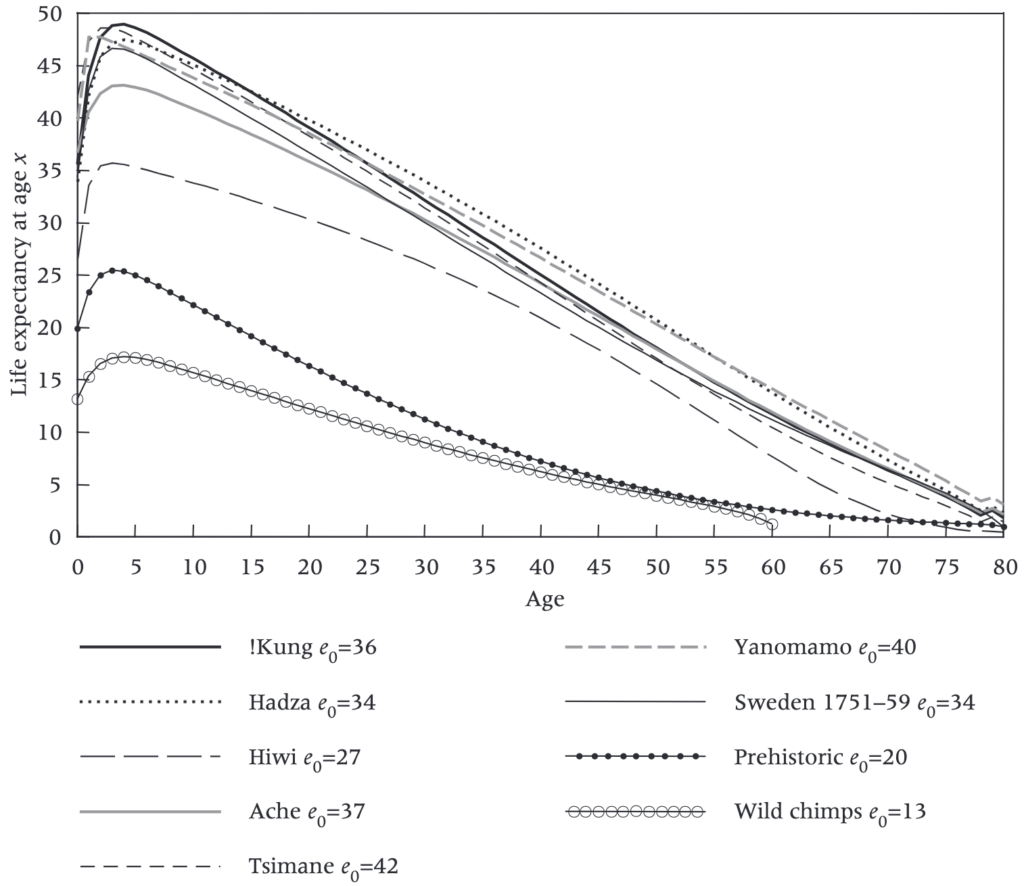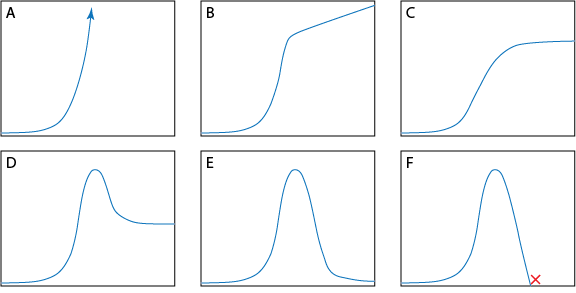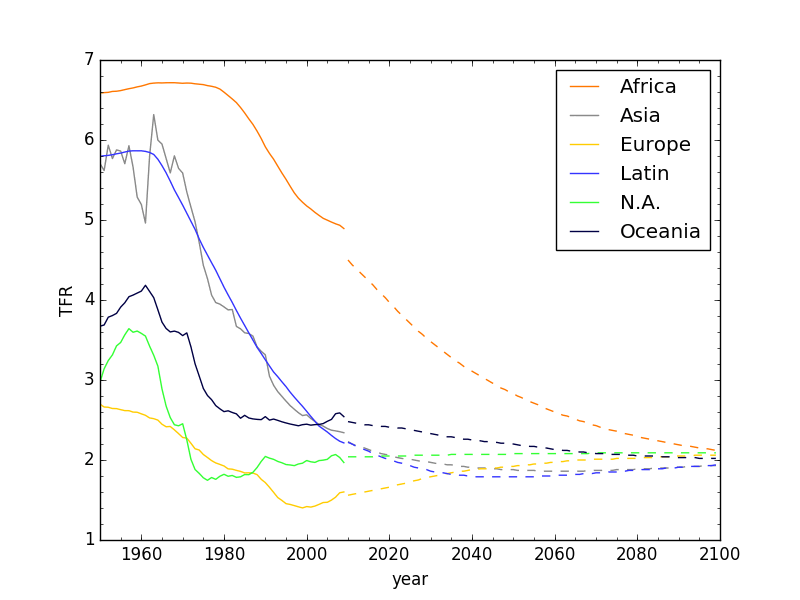
Image by Paul Brennan from Pixabay
Guilty as charged: my recent postings have been all about human population and when it might peak. I don’t mean to be a bore, but it’s an important topic connected to planetary limits, human impacts, ecological health, and the appealing prospect that a near-term peak may offer an earlier off-ramp for modernity. In the past, I have stressed the point (in a blog post from 2013 and later in a textbook chapter) that population per se isn’t the phenomenon of greatest concern, but its multiplication by resource usage. It’s the combination that launches us over the ecological cliff edge, commonly expressed by the I=PAT formula for impact on the planet.
In this post, I belatedly take my own advice and re-frame the population investigation in resource terms. Now that I have a demographic tool, I can ask questions relating to when we might hit peak power as a civilization. I use power (rate of energy use) as a proxy for all manner of resource dependencies, as energy usage correlates strongly with materials use and ecological impact. Plus, it is a readily-available measure.
So, given various assumptions about how fertility rates evolve regionally, and factoring in different models for regional survival rates and migration, when might we expect global resource use to peak and begin a decline? In tandem with this event, we might correspondingly expect peak industrial output, and peak rate of (accumulating) damage to ecological health—which includes our own health. In the U.N.’s standard demographic model, population does not peak until 2086 at 10.4 billion—largely bolstered by population growth in Africa, which the U.N. parameters indicate will climb to 4 billion by 2130 (we’ll see…). But, since Africa is by far the region with the lowest per-capita consumption, declines elsewhere could more than offset Africa’s population increases in terms of resource burden.
Enough speculation: let’s unleash the model and see what happens.
Continue reading →
Views: 6610









